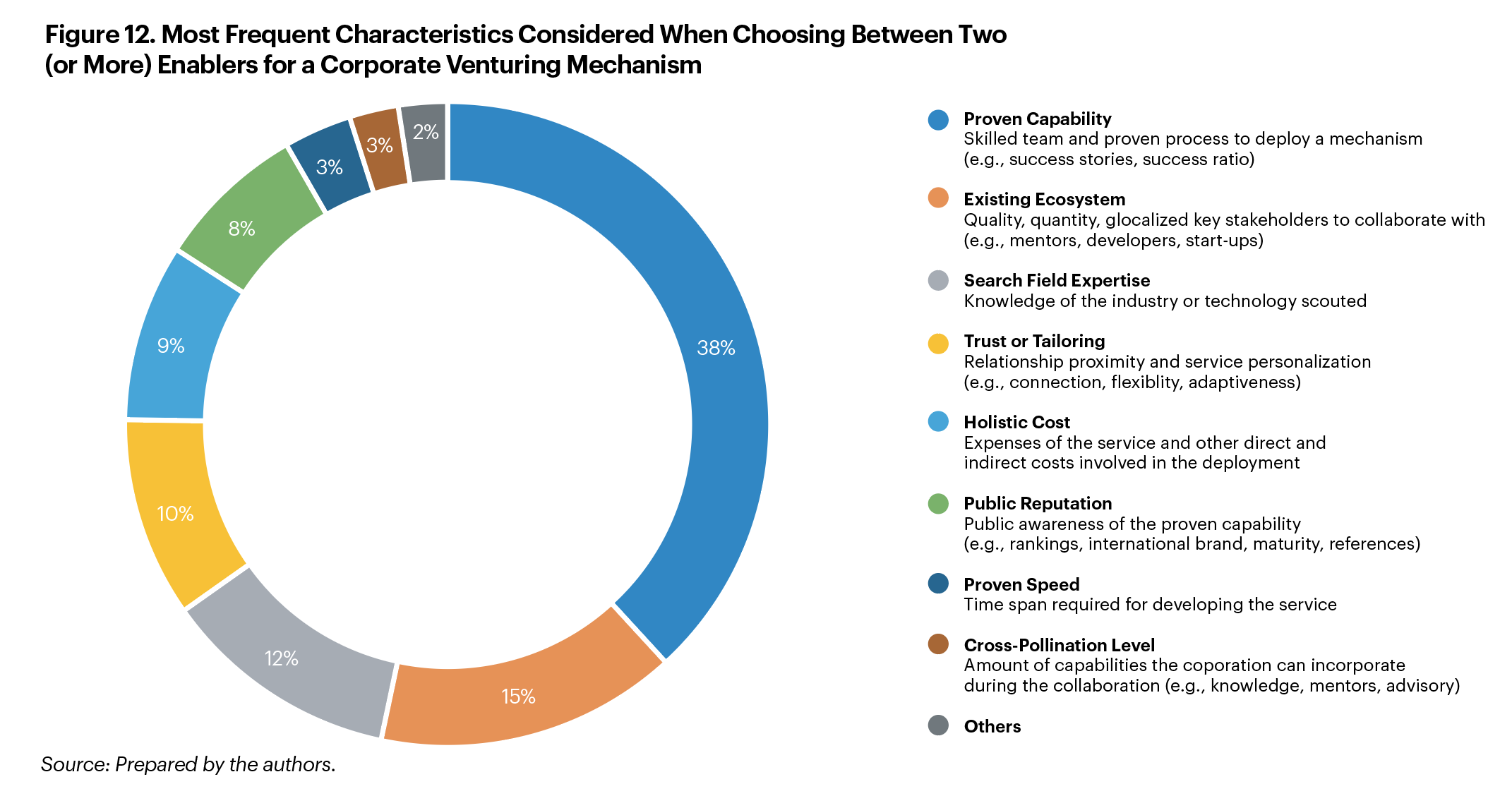Today, IESE Business School, in collaboration with GELLIFY and ACCIONA, are releasing a new report on how corporations can boost their capabilities and efficiency collaborating with entrepreneurs in a highly volatile market.
Supported by interviews with 92 chief innovation officers and equivalents in Asia, North and South America, and Europe, the report Open Innovation: Improving Your Capability, Deal Flow, Cost and Speed with a Corporate Venturing Ecosystem, sheds light on what companies such as Disney, Samsung and Formula 1 have in mind when choosing between engaging directly with a start-up or through an intermediary? How can the right intercessor be chosen?
The challenges
- Since more corporations are collaborating with startups, companies struggle to beat competitors in hunting and seducing the same top-tier entrepreneurs.
- An intensification of global market volatility has introduced extra pressure incorporate venturing teams to get better market predictions and new revenue streams ready to run.
A promising solution
Companies are increasingly complementing their efforts with corporate venturing enablers—from private accelerators to research centers, embassies, or even corporations—to facilitate collaborations with start-ups.
- As a corporate, do I work with start-ups directly or supported by an enabler? On average, the most significant aspects evaluated making this first decision are: the start-up’s proximity to the company’s core business (in 26% of the cases), its internal capability to work with entrepreneurs (24%), its access to curated opportunities (17%), the cost of implementation (11%), etc.
- As a corporate, how do I choose the best enabler? Once a company decides to go with the enabler route, these are the most frequent aspects that companies evaluate in this second decision: its own capabilities to work with entrepreneurs (in 38% of the cases), whether there is an existing ecosystem of curated stakeholders to enhance the corporate–start-up collaboration (15%), its knowledge of the industry or the scouted technology (12%), and its level of existing personal trust and tailored service (10%), to name a few.
The implications
How does this affect corporates? Since corporations are to a greater extent working with start-ups and offering similar benefits to entrepreneurs—teaming up with enablers can improve their value proposition, thereby aggregating value. Moreover, it can reduce its innovation cost by sharing it with others. It can also increase its deal-flow access and ability to identify opportunities. However, enablers are not just consulting firms: the reality is far richer.
How does this affect enablers? Forget “much ado about nothing.” A proven capability is the most frequent aspect considered when choosing between two enablers (in 38% of the cases). One should spend less time packaging enablers’ assets and put more effort toward developing a skilled team with a proven method to serve the corporation.
This study was authored by Josemaria Siota and Mª Julia Prats, in collaboration with Diego Fernández and Telmo Pérez.For more details on the study´s findings, see:https://page.gellify.com/iese-open-innovation.




